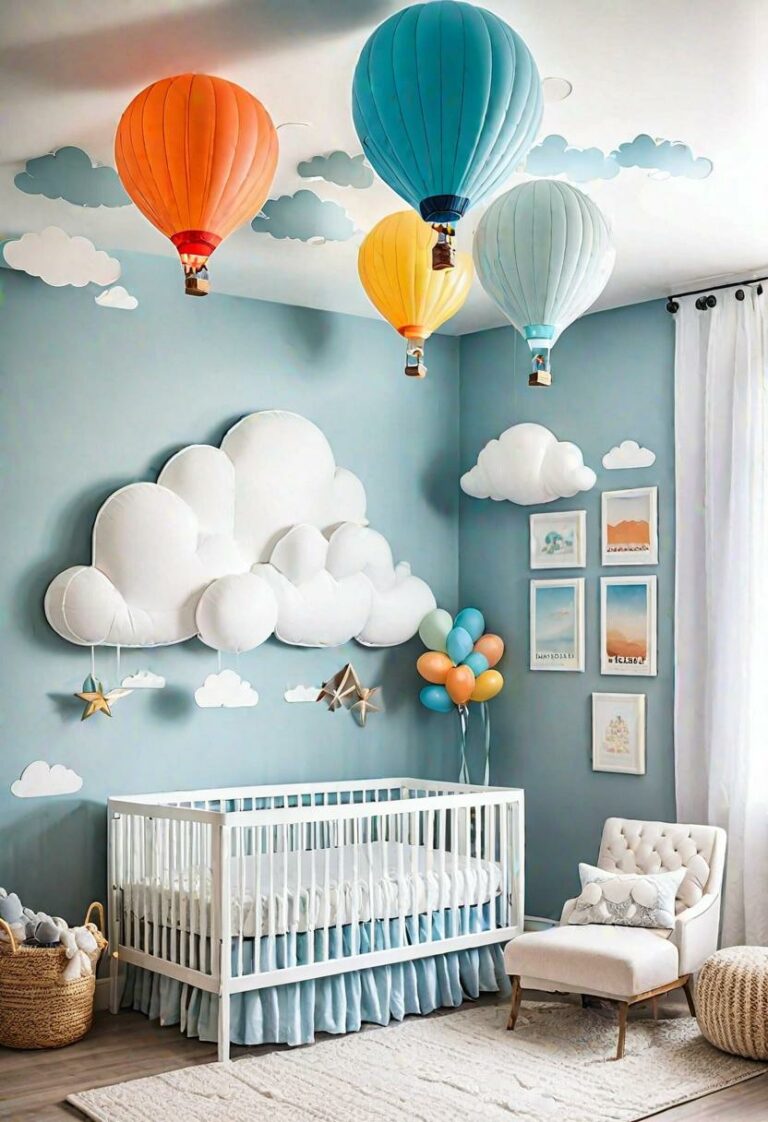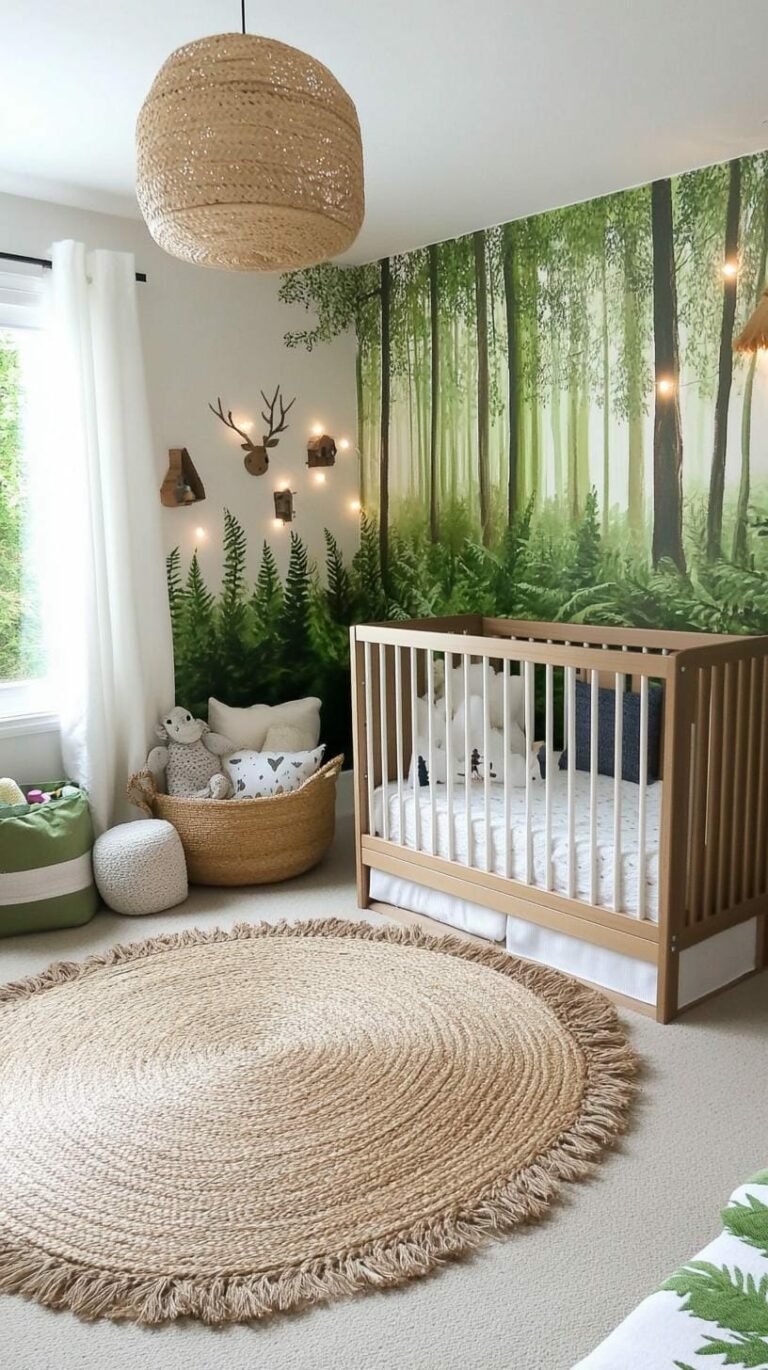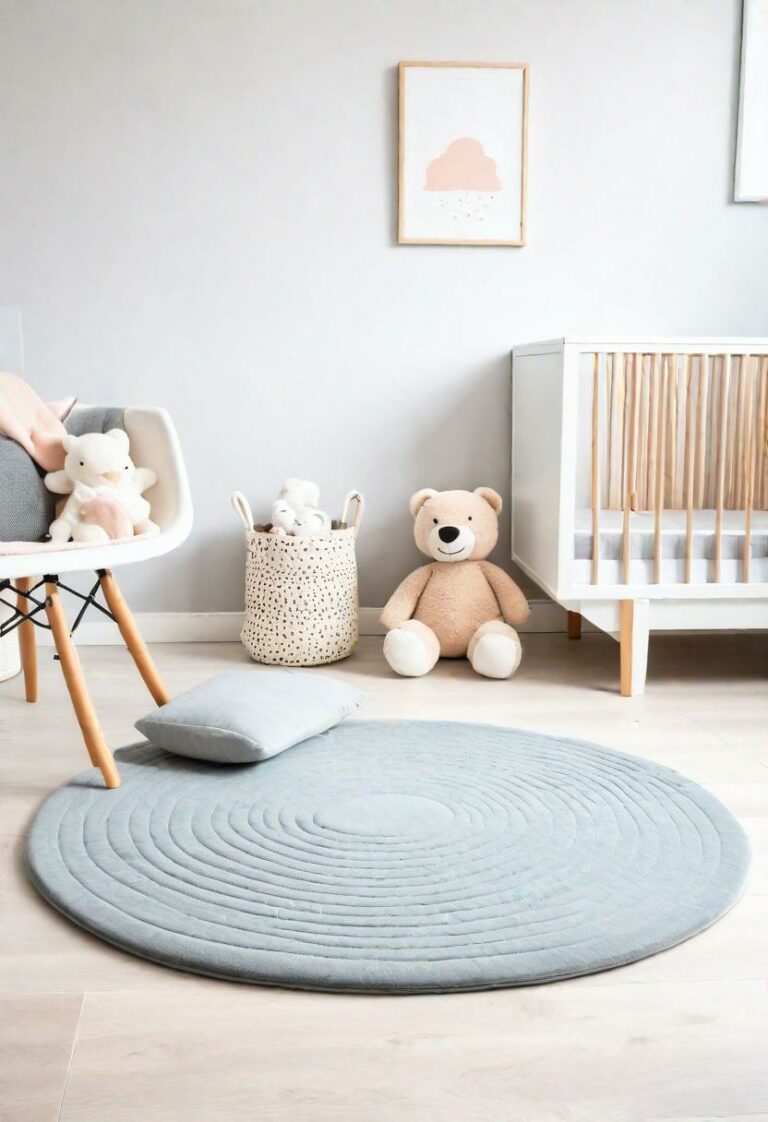What Is Mid-Century Modern Style? the New Timeless Design Trend
Mid-century modern style is an influential design style that emerged in the mid-20th century and is particularly known for its emphasis on simplicity and functionality.
The style includes both architectural and interior design elements characterized by clean lines, organic shapes and a seamless integration of form and function.
Traditionally, materials such as wood, metal and glass are used Mid-century modern design aesthetic strives to create spaces that are uncluttered and harmonious with their surroundings.
A trademark of Mid-century modern interior design is the innovative use of traditional materials and the introduction of new materials, often resulting in the celebration of contrasting textures and colors that are still appreciated today.
The Mid-Century Modern The movement also emphasized bringing the outdoors inside, using large windows and open floor plans to connect indoor spaces with the natural outdoors. Embedded in its design philosophy are the principles of affordability and accessibility that make stylish living possible on a large scale and influence lifestyles around the world.
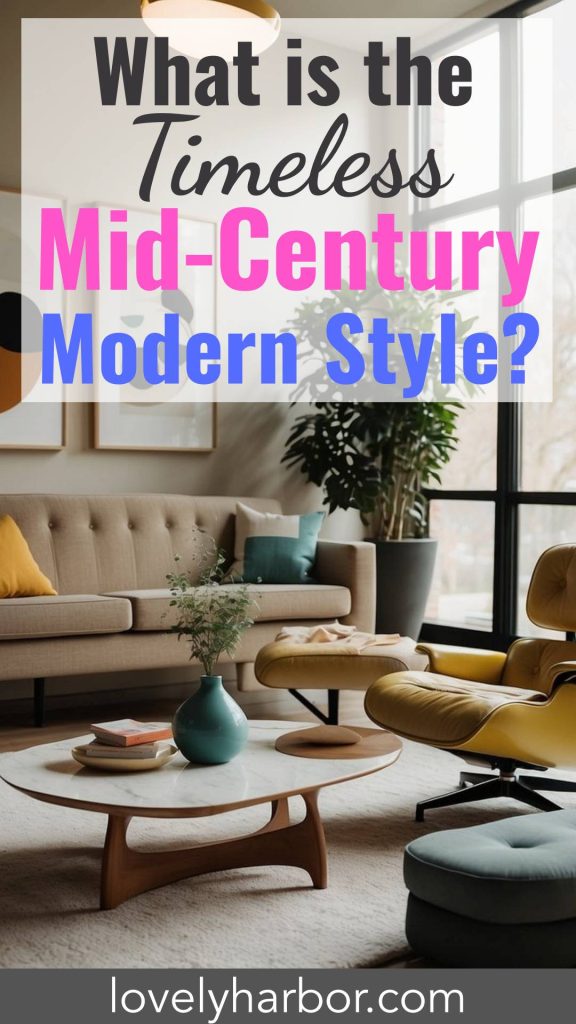
Key insights
- Mid-Century Modern is a design style known for its simple, functional aesthetic and use of contrasting materials.
- The style Widely used in both architectural form and interior design, it is characterized by clean lines and organic shapes.
- Mid-century modern design principles Value functionality, affordability and a strong connection to the natural environment.
Historical context
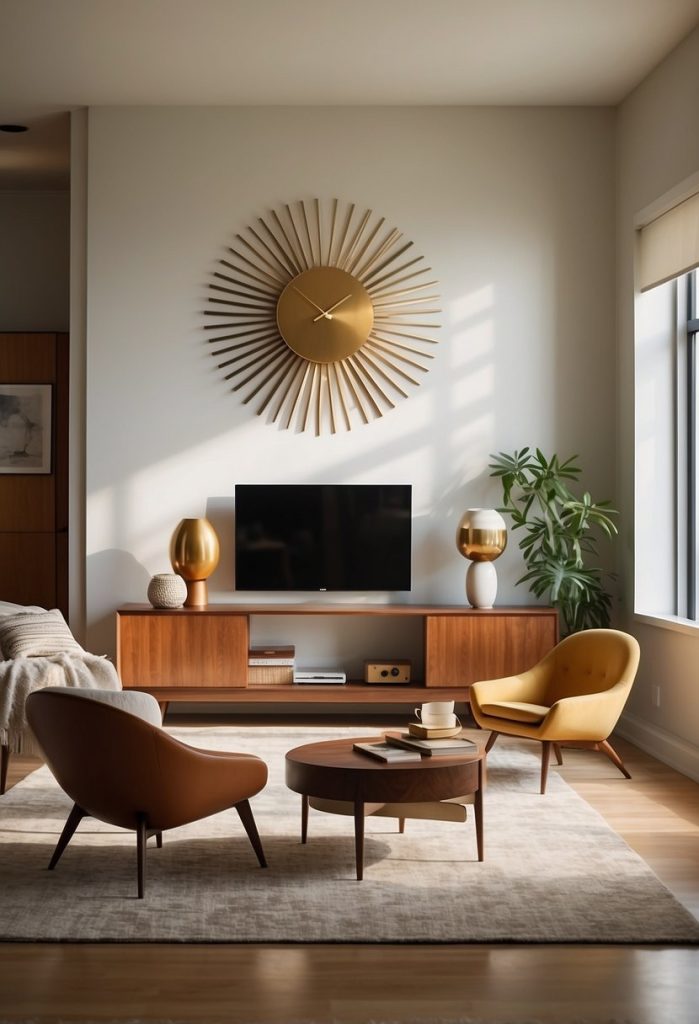
Mid-century modern style emerged in the mid-20th century into a distinctive aesthetic, largely shaped by the aftermath of World War II, and characterized by a mix of functionality, comfort and artistic flair. It marked a move away from traditional design towards a new, modern approach influenced by technology and production.
Origins of Mid-Century Modern Style
The term “Mid-Century Modern” became popular in the 1980s, but the style itself emerged around the 1930s. It was a response to the need for a new aesthetic that could be adopted for mass production while maintaining simplicity and functionality.
Post-war influences
The conclusion of Second World War significantly influences the design. The end of the war ushered in an era of rebirth in Europe and the United States United Stateswhich enables a new approach Industrial design and a focus on Mass production. Mid-century modern furniture met the pragmatic needs of post-war society, but also conveyed a sense of optimism and modernity.
Notable designers and architects
Mid-century modern style was shaped by visionaries like Charles and Ray Eames, Frank Lloyd Wright, Eero SaarinenAnd Ludwig Mies Van Der Rohe. They introduced innovative materials and techniques that shaped the architecture and interior design of the period.
Bauhaus and Scandinavian influence
The Bauhaus movementled by personalities like Walter Gropiusbrought with him a philosophy of functional and accessible design. In the meantime, Scandinavian designwith pioneers like Alvar Aaltoemphasized the beauty of simplicity and natural materials that were crucial in shaping the mid-century modern aesthetic.
Mid-Century Modern in the Media
Television shows like “Mad Men” have brought mid-century modernism back into the spotlight and highlighted its timeless appeal. The style’s resurgence in the media highlights its significant role in shaping contemporary design concepts.
Aesthetics and properties
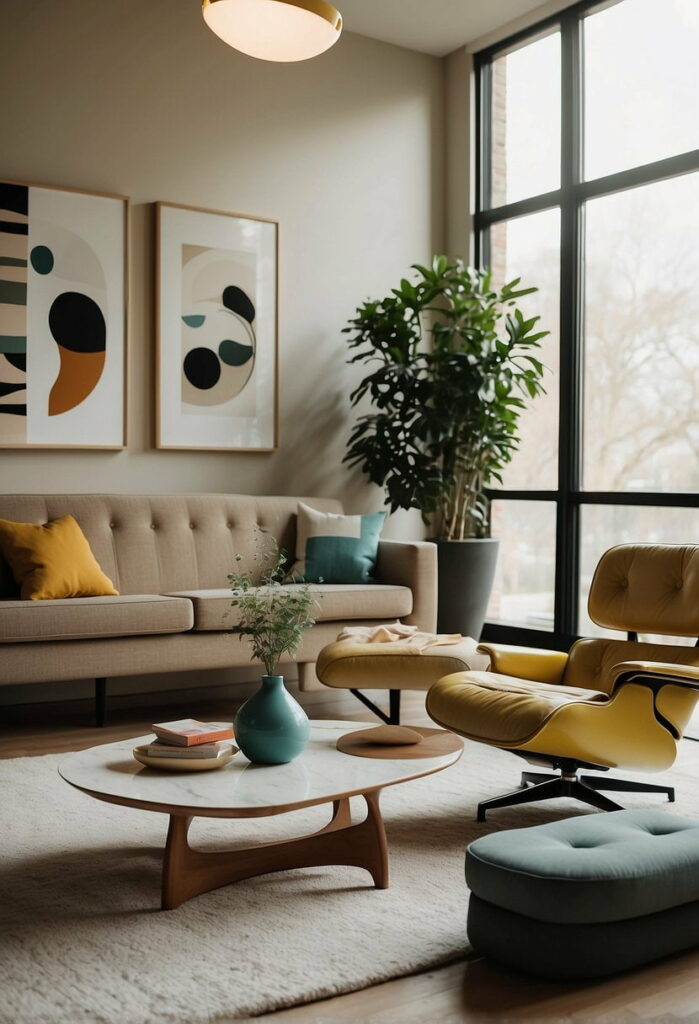
The Mid-Century Modern (MCM) style is characterized by several important aesthetic principles and characteristics. The movement emphasizes functionality, clean lines and the seamless integration of organic and geometric shapes.
Key elements of the design
Master of Mid-Century Modern design simplicity And Minimalism. Features include:
- Clear lines: Smooth, sleek lines that are both sophisticated and understated.
- Geometric shapes mixed with organic shapesthereby achieving a functional yet visually striking balance.
Materials and textures
The textures and materials selected for MCM emphasize the connection with nature and the preference for combining different elements:
- Predominantly made from Woodsuch as teak and walnut, often supplemented by Glass, SteelAnd natural materials.
- Curved plywood And pad Fabrics are often used in furniture design.
Architectural features
Mid-Century Modern architecture has distinctive characteristics:
- Open floor plans And Ranch style Designs are emblematic of the era.
- Large floor-to-ceiling windows And Glass doors blur the line between inside and outside.
Furniture and decoration
Iconic MCM furniture combines form and function:
- The Eames chair, Egg chairand Danish modern pieces highlight Multipurpose furniture.
- Accent pieces They often fulfill a dual function as a functional object and a work of art.
Color and pattern
The color scheme and patterns in the MCM design are bold yet balanced:
- The Color palette consists of both muted tones strong colorswhich reflects the characteristic contrast of the era.
- Patterns are often graphic in nature, with an emphasis on asymmetry and rhythm.
Functionality and comfort
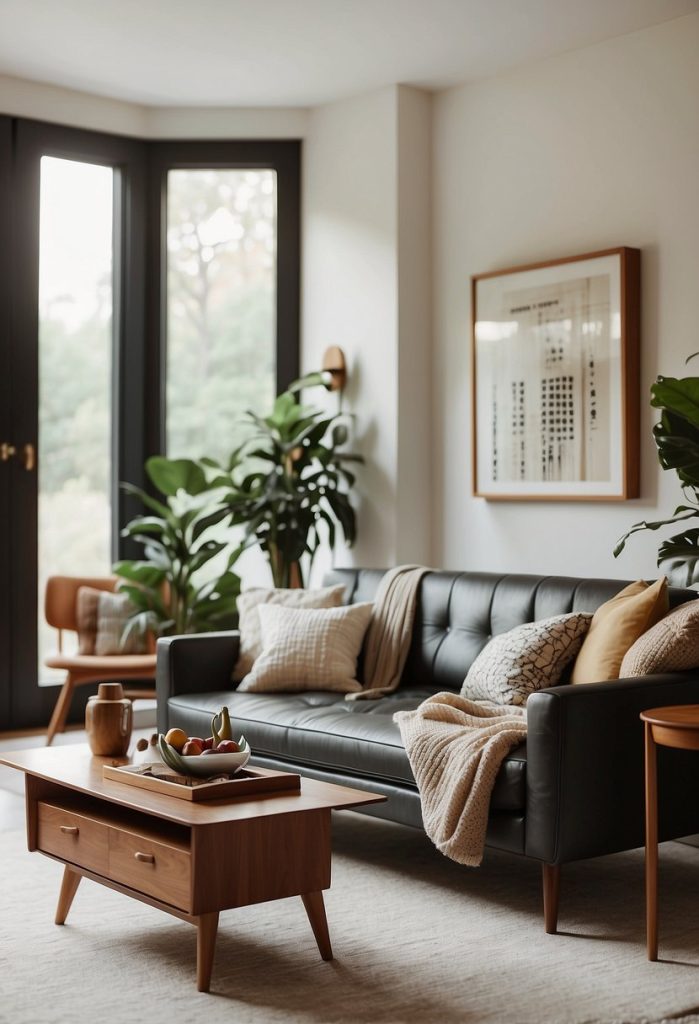
Mid-century modern style emphasizes functionality in design while ensuring comfort for the user. The core lies in creating simple, yet highly functional furniture and living spaces designed for everyday use.
Form and function
In mid-century modern design, an object’s form is inextricably linked to its function. Designers emphasized structures that were functional as well as aesthetically pleasing, in compliance with the principle that Beauty should follow function.
Furniture pieces from this period feature clean lines and curves that serve specific purposes, such as increasing comfort or improving ergonomics.
Practical innovations
This period was remarkable practical innovations in design and materials that allow comfort without compromising style.
The introduction of new materials and mass production techniques allowed for more organic shapes that were not only visually appealing but also more comfortable. One can observe that sofas and chairs were often present curved contoursadapts more naturally to the human body.
Design for the masses
Mid-century modern designers wanted to create designs that could be Mass-produced goodsmaking stylish furniture accessible to a larger audience. The rise of Mass production The costs were reduced significantly, achieving the goal of combining high quality and functionality at an affordable price.
While the Original pieces are in high demand, the market also witnessed the production of Replicas This brought mid-century design into more homes.
Global influence and legacy
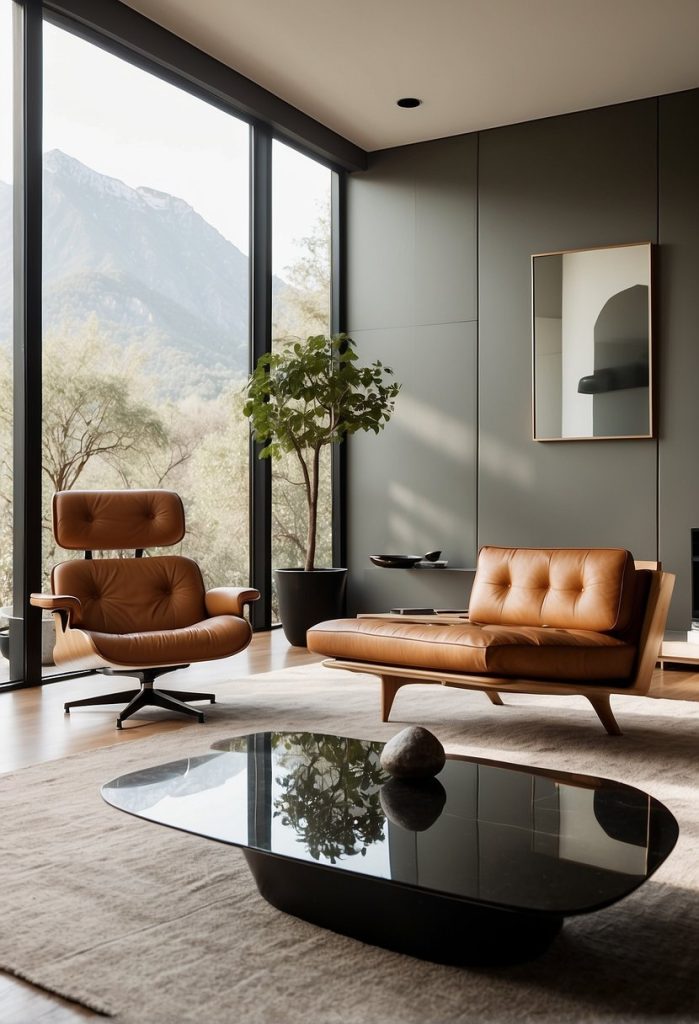
The Mid-Century Modern style has had a profound impact on global architecture and design, leaving a legacy that extends to preservation efforts and contemporary interpretations. Its influence can be seen in iconic structures and continued relevance in interior design.
Conservation and restoration
Mid-century modern structures have become treasured artifacts, revered for their historical and aesthetic significance. Efforts to preserve them are evident in regions such as… Palm Springswhere the work of architects like Richard Neutra And John Lautner reflects the ethos of that time.
The Elrod House by Lautner serves as a prime example and demonstrates the seamless integration of the style into the surroundings. Preservationists are committed to preserving these architectural gems, with notable campaigns often focusing on homes designed by masters such as Neutra and A. Quincy Jones.
Modern interpretations
Contemporary designers draw inspiration from the mid-century modern ethos and focus on minimalism and functionality. Scandinavian designWith its clean lines and organic shapes, it meets and continues to influence mid-century modern ideals European And American Home Decoration
In hotel and commercial design, the aesthetic is evident through a minimalist approach with nods to the warmth and simplicity of the era. This modern revival honors the style’s roots while adapting to current preferences for sustainable and practical living.
Significant structures
Significant buildings around the world testify to the enduring appeal of the Mid-Century Modern movement. Pierre King‘s work exemplifies this, particularly his Case Study Houses, which embody the prefabrication ideals of the International Style and seamless indoor-outdoor living.
The Farnsworth Housedesigned by Mies van der Rohe, remains an iconic representation of the movement’s principles. Architects like E. Stewart Williams, William Kriseland others have left a legacy that continues to captivate enthusiasts and influence contemporary architectural practice.
Frequently asked questions
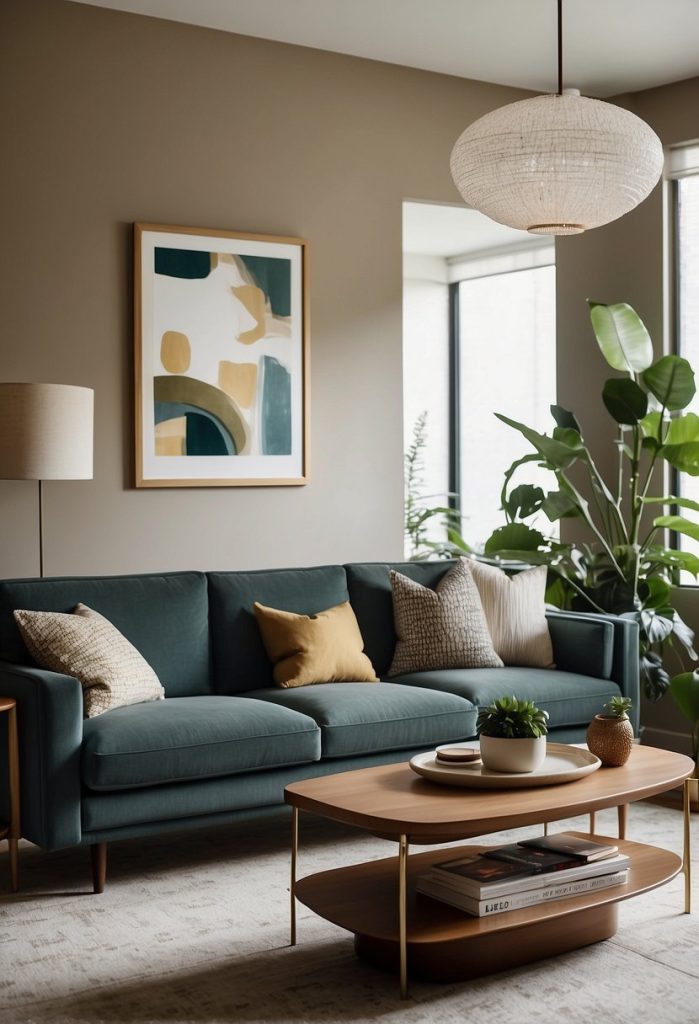
In this section, readers will find concise answers to common questions about mid-century modern style and provide clarity about its design elements and historical significance.
How do I recognize a mid-century modern living room?
A mid-century modern living room is typically characterized by clean lines, organic shapes, and a mix of different materials, including wood, metal, and glass. Furniture with tapered legs and minimalist design characterizes this style.
What are the distinctive features of mid-century modern interior design?
Key features include a focus on functionality, minimal embellishments and the integration of nature through large windows and houseplants. Color palettes combine neutral tones with bold accents.
What makes a piece of furniture clearly Mid-Century Modern?
Characteristic features of modern mid-century furniture include simple shapes, natural wood tones paired with colorful upholstery and a mix of traditional craftsmanship and industrial techniques.
How was mid-century modern architecture different from other architectural styles?
Mid-century modern architecture is characterized by flat surfaces, large windows, open spaces, and the seamless integration of indoor and outdoor living areas.
Can you describe the historical context of mid-century modern interior design?
Mid-Century Modern design was originally developed in the mid-20th century, in the post-World War II era, and responded to that era’s demand for new living space and furniture that was both accessible and stylish.
What sets mid-century modern graphic design and art apart from other artistic movements?
Mid-century modern graphic design and art is characterized by the use of bold, simplified shapes and colors, often reflecting themes of the atomic age and space exploration.
